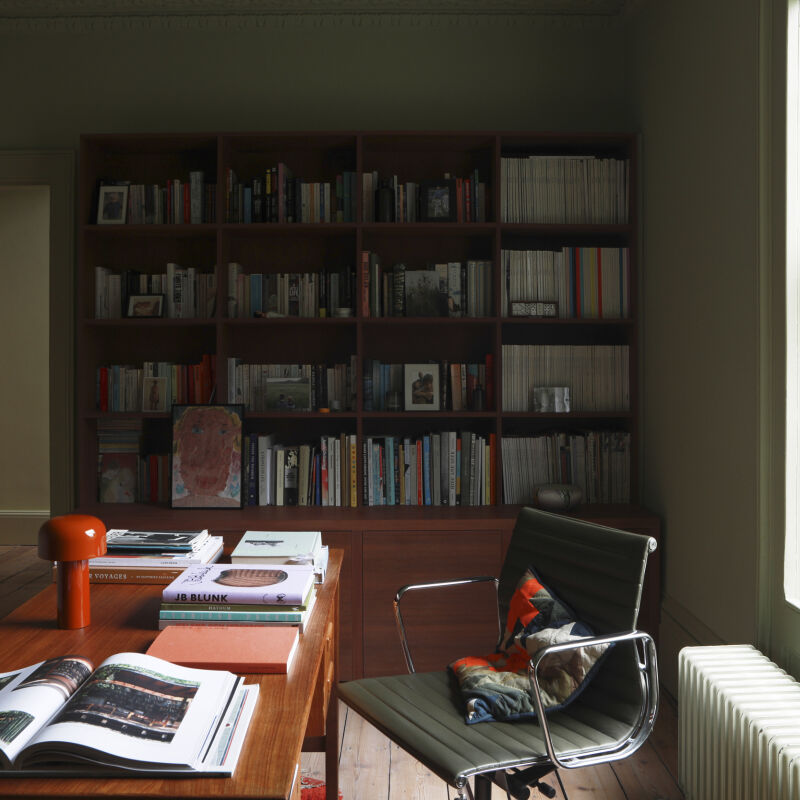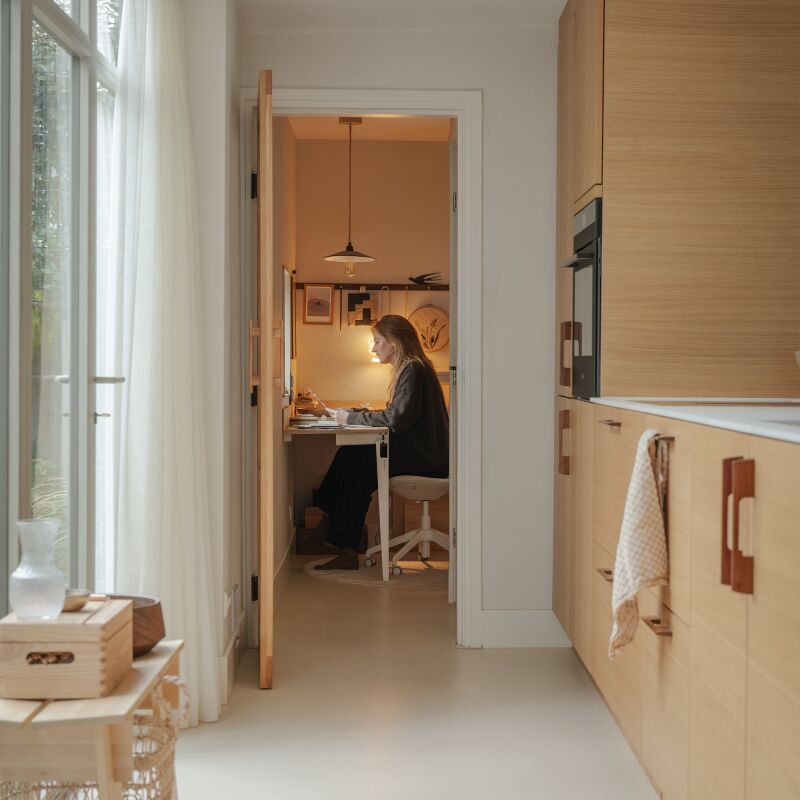A design student shows us how to ditch the fridge; read on to discover her secrets.
I would do anything to install a pantry in my house with plenty of room for vegetables. Due to lack of space, however, I find myself storing vegetables in the refrigerator—albeit in the temperature-controlled drawers—but I can never get the humidity right (I chopped up semi-frozen carrots for my daughter’s lunch this morning). So I like this no-refrigerator concept I ran across recently, from Korean designer Jihyun Ryou, a graduate of The Dutch Design Academy Eindhoven.
(N.B.: For more ways to make food last longer, see “A Food Storage Revolution.”)
Above: Ryou says, “Through the research into the current situation of food preservation, I’ve learned that we hand over the responsibility of taking care of food to the technology, the refrigerator. We don’t observe the food anymore, and we don’t understand how to treat it.” Ryou interviewed farmers, grandparents, and elders to learn how they stored produce before the advent of the refrigerator. Based on her findings, she created her own system of storage. It is currently just a concept, but provides plenty of ideas on alternatively storing produce. (N.B.: For more pantry ideas, see “The Artful Kitchen” by Sarah.)
Above: We tend to store carrots horizontally, but Ryou notes that root vegetables fare better in their vertical state. She stores hers upright in sand, which provides the proper humidity. To learn more, visit Ryou’s blog, Save Food from the Fridge, and to see a video of Ryou discussing her work, click here.
Above: Apples emit ethylene gas, which causes other fruits and vegetables to ripen. When combined with potatoes, apples prevent them from sprouting eyes. In the above photo, the apples are positioned in a rack above the potatoes.
Above: Rice is used as a filter to absorb humidity and keep the spices fresh.
Above: Ryou waters her vegetables as she would water flowers, keeping then humid.
Above: An egg has millions of holes in its shell and easily absorbs odor, especially in a refrigerator. Ryou’s wall rack storage comes with a water holder to test for freshness (the deeper an egg sinks, the fresher it is).
(N.B.: Want to see more of our favorite photos? See what we’re pinning and then follow us on Pinterest here.)
N.B. For more ideas on storage, go to our Boxes, Baskets, Bins section.





Have a Question or Comment About This Post?
Join the conversation (0)